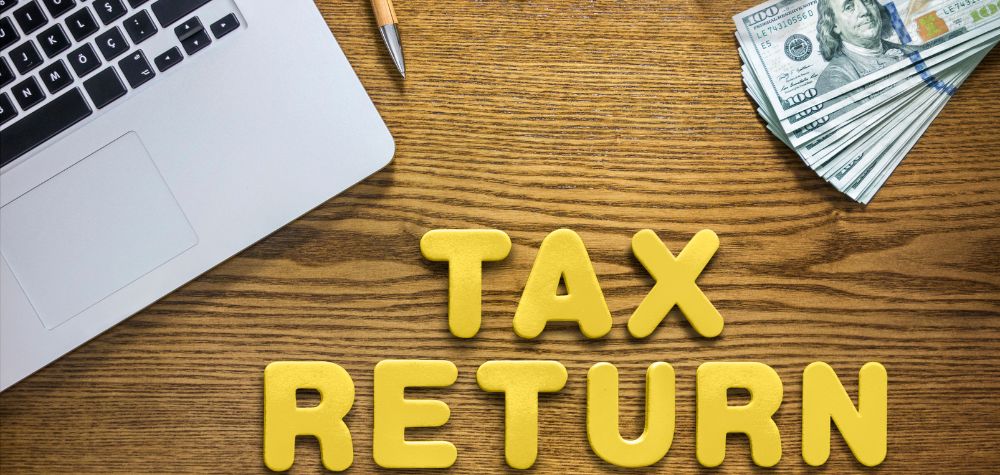
Just like how individuals and businesses have to complete tax returns when it’s tax season, so too do trusts.
Trusts have their own tax file number (TFN) that should be used to complete tax returns. Trusts can also apply for an Australian business number (ABN) on the condition that the trust carries on an enterprise. If a trustee applies for a TFN or ABN, this is in the capacity of a trustee and is separate from any other registration that the trustee may require for other capacities.
The trustee is responsible for managing the tax affairs associated with the trust. This includes registration of the trust in the tax system, lodgement of trust tax returns, and paying certain tax liabilities
For beneficiaries, their share of the trust’s net income is included in their tax returns. Further, payments on the expected tax liability may need to be made, for which the pay as you go (PAYG) instalment system can be used.
Looking at trusts from a tax perspective, one of the primary advantages of using them is that any income generated from business activities and investments (including capital gains) can be distributed to the beneficiaries in lower tax brackets. These may often be the spouses or children of the holder of the trust.
This means that, as the trustees of the trust have the discretion to distribute income and capital as they see fit and no beneficiary has a fixed entitlement to receive anything, the trustees can stream income in a tax-effective way on a year-to-year basis. However, as they don’t distribute the trust’s income, the trustees themselves may be liable to tax on the undistributed income (and at a rate of tax that is usually higher than what the beneficiaries would then have to pay).
When it comes to trusts though, you need to be aware of the potential tax consequences that can arise if they are misused. Family trusts generally don’t have to pay tax in their own right – instead, tax is paid by whoever receives money from the trust at the normal rate of tax for their income.
This makes it possible to use “income streaming” to minimise the total amount of tax paid by paying more in distributions to members of the family who have lower tax rates because they have lower incomes.
Trusts are perceived as a means of hiding income, concealing ownership of assets and facilitating the transfer of funds (tax-free) between family and business groups.
In one example given by the ATO, a family trust gives a university student with no other sources of income the entitlement to $180,000 – a figure that takes them to the brink of the top tax rate of 45%.
The student then agrees to pay the $180,000, less tax, to their parents to reimburse them for the cost of bringing them up while a minor. This is a red flag for the ATO!
Another practice falling into the ATO’s red zone is a more complex arrangement where money is distributed to a company that the trust owns. The next year, the company pays the same money back to the trust as a dividend. By repeating this cycle, paying any tax can be put off for many years.
You will want to ensure that your trust deeds (or other constitutional documents) achieve a tax planning benefit and that any changes to them reflect this credibly (and are not credibly explainable for any other reason).
You will also need to ensure that the trusts and the beneficiaries are filling out their returns and lodging all income (including the distributions of the income from the trust).
The ATO keeps a close eye on non-compliance when it comes to trusts. If you want to be certain that you are doing the right thing as a holder of a trust, a trustee or a beneficiary when it comes to tax, it’s important to speak with a professional tax expert, like us.